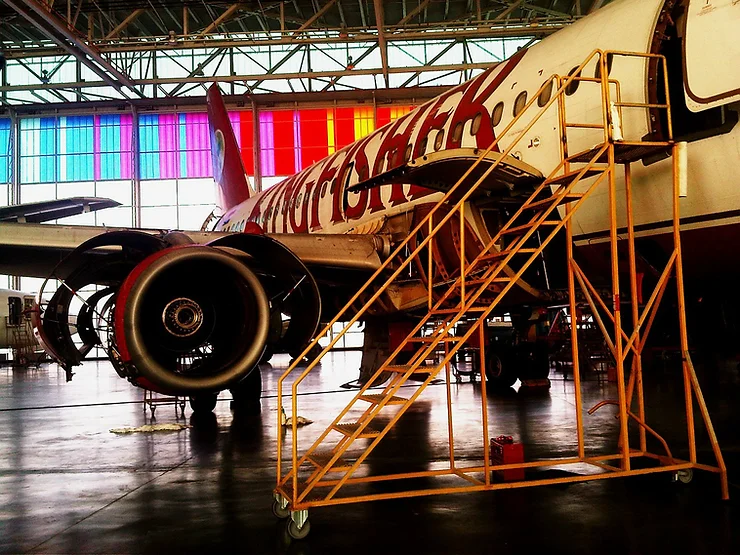Double Check These Before You Fly
by Tomas Peralta
2 min read ·

In order to have a successful flight you have to be confident that how and what you are flying is safe. It is crucial that you double check these few things before you fly. These few things could make the difference between landing in your desired destination and flying your last flight. Any aviation school or flight lesson instructor will agree that these are crucial.
Mandatory inspections
It is essential that you verify that all the required inspections of the aircraft have been met before you fly. Compromising your life and your passengers’ because you flew outside of its inspection windows is not worth it. You don’t want to have to explain why you flew an aircraft outside of mandatory inspections to the FAA either.
Required documents
Make sure you have all of your aircraft’s required documents on board preflight. The acronym ARROW- Airworthiness, Registration, Radio Station License, Operating Manual, and Weight/Balance- will help you remember all you need.
The propeller
Check that both the leading and trailing edges of the propeller are smooth and have no cracks. In addition to the visual inspection, you can perform an audible test on composite props. Gently tap on the propeller from the hub to the propeller tip with a metal coin. If the tapping sounds hollow, your prop could be delaminated. You should have a mechanic check it out if this was to happen.
Fuel quantity
Never rely solely on the fuel quantity indicators. Personally check the fuel tanks to make sure you have enough gas for your flight. Aviation schools and flight lesson instructors agree that this is one of the most important preflight inspections.
Fuel filler caps
Once you have checked the fuel tanks, make sure you properly close the fuel filler caps. If they are not attached correctly, you could be at risk for a fuel leakage at the top of the wing. That would be very bad.
Landing gear conditions
Make sure you inspect the condition of the tire for proper inflation and that the tread is in good state. Ensure that the brake pads are intact and that there is no hydraulic fluid leaking. In aviation school or flight lessons you will learn that landing is an intricate relationship between the pilot and its machine.
Pitot tube drain hole
Always ensure that the pitot tube and the drain hole is open. You want to make sure that the pitot tube has the ability to drain properly if you were to fly through precipitation so that your indicated airspeed isn’t affected.
Bottom of the fuselage
It is also important for you to check if there are any dents on the bottom of the aircraft, tail strikes, or debris from prop blast. Ensure that there is no excessive oil dripping and that the avionics antennas are intact.
Wing contaminants
Contaminants on the wings can have adverse effect on your aircrafts performance. It is easy to overlook these, such as frost and clear ice, especially when its below freezing. However, you want your aircraft to perform at its highest potential and it is crucial for you to clear anything that could interfere with it.
Reach Out Today